General Landscape Uses: A colorful specimen or accent tree in moist soils. It can be used as a street tree and in commercial and residential landscapes.
Ecological Restoration Notes: An occasional element in hammocks.
Description: Medium tree with narrow crown in shade, spreading more in sun. Trunks straight, slender, to 10 inches in diameter, often arising from the roots, especially when damaged. Bark light, reddish brown, rough. Leaves stiff, dark green above, rusty below, 2-6 inches long.
Dimensions: Typically 20-30 feet in height; to 41 feet in South Florida. Usually taller than broad.
Growth Rate: Slow to moderate.
Range: Monroe County Keys north to southern Brevard, Collier, Hendry and Sarasota counties; West Indies. Very rare in the middle Florida Keys.
Habitats: Hammocks.
Soils: Moist, well-drained sandy or limestone soils, with humusy top layer.
Nutritional Requirements: Moderate to high; grows best with some organic content and may languish in nutrient poor soils.
Salt Water Tolerance: Low; does not tolerate long-term flooding by salt or brackish water.
Salt Wind Tolerance: Moderate; grows near salt water, but is protected from direct salt spray by other vegetation.
Drought Tolerance: Moderate; generally requires moist soils, but tolerant of short periods of drought once established.
Light Requirements: Full sun to light shade.
Flower Color: Whitish-yellow.
Flower Characteristics: Inconspicuous.
Flowering Season: Irregularly all year; peak summer-fall.
Fruit: Dark purple to black berry, oval, 1/2 or more long. Edible; juicy but sticky.
Wildlife and Ecology: Provides significant food and some cover for wildlife.
Horticultural Notes: Can be grown from de-pulped and scarified seed. Plant within a few days of cleaning; seeds do not store well. Place in light shade to full sun. Germination is in about a month.
Comments: The leaves are very attractive, dark green above and bronzy-satin below, creating an attrative display when wind blows through the trees. While worth the effort, satinleaf can be finicky to establish in cultivation and may take a couple of attempts. The roots are especially sensitive to transplant shock and plants can be permanently damaged by inadequate watering or by mechanical damage. It may require more water and time to establish than other native hardwoods. Recovery following transplanting may take 6-12 months or more. Fruits may stain walkways and other surfaces, and may stick to ones feet and be tracked around. May be more sensitive to cold when planted as a specimen tree. It is listed as threatened by the State of Florida.

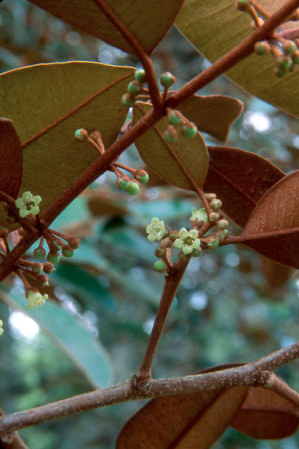

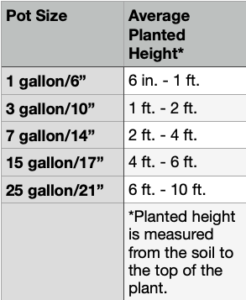
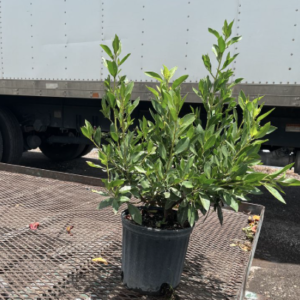
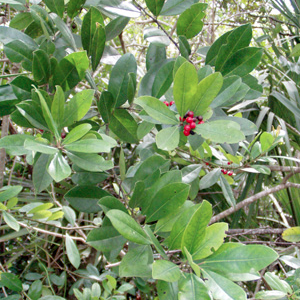
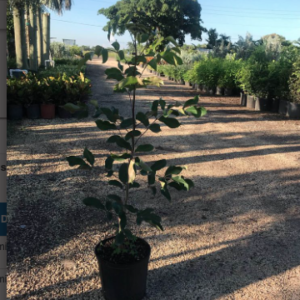
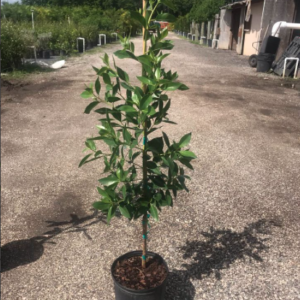
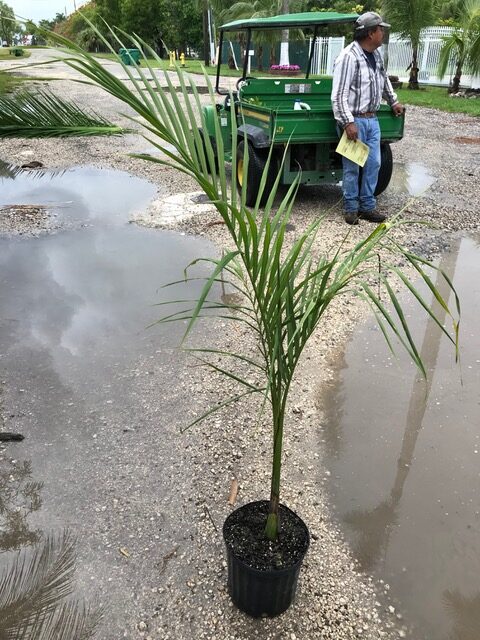

Reviews
There are no reviews yet.